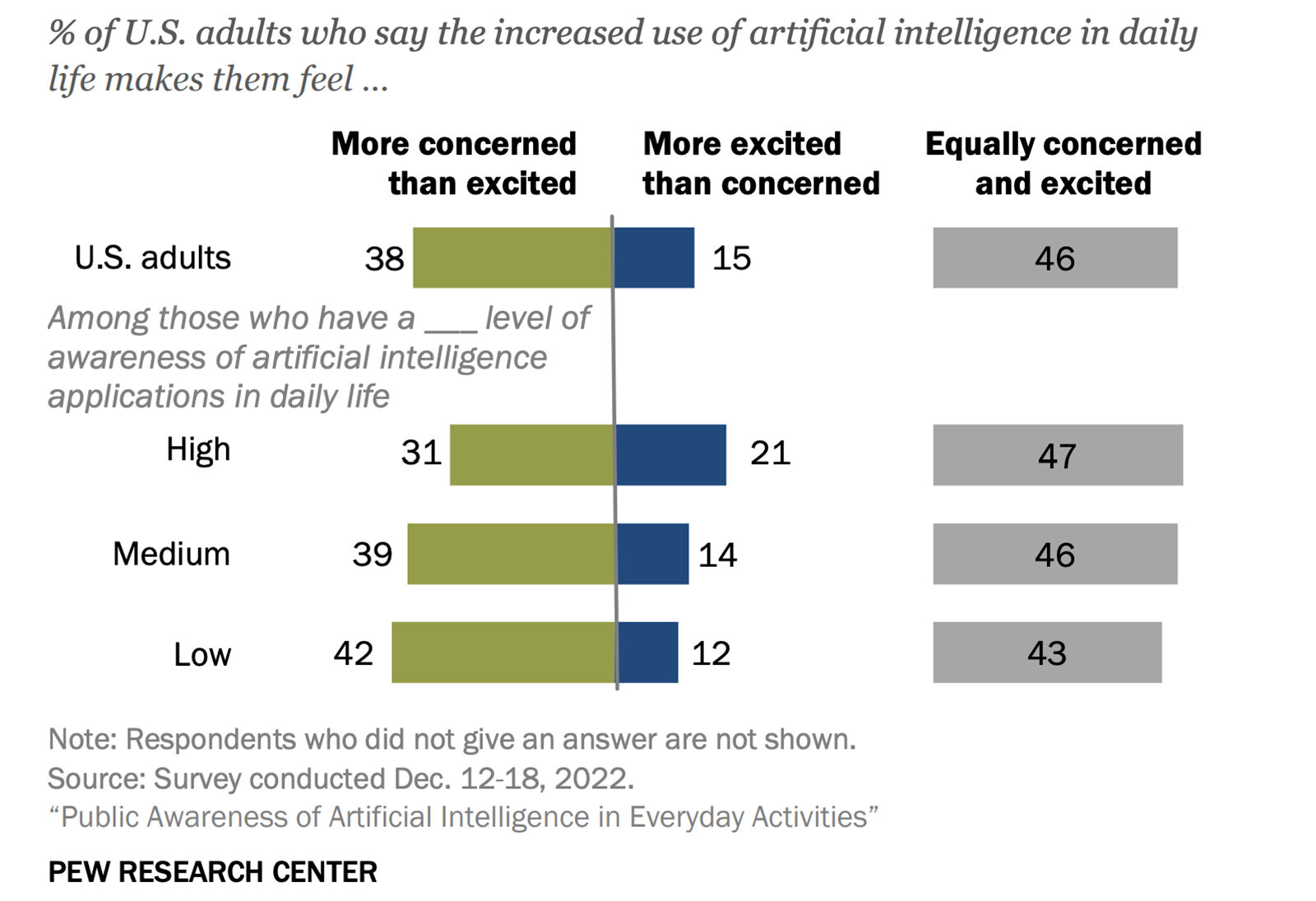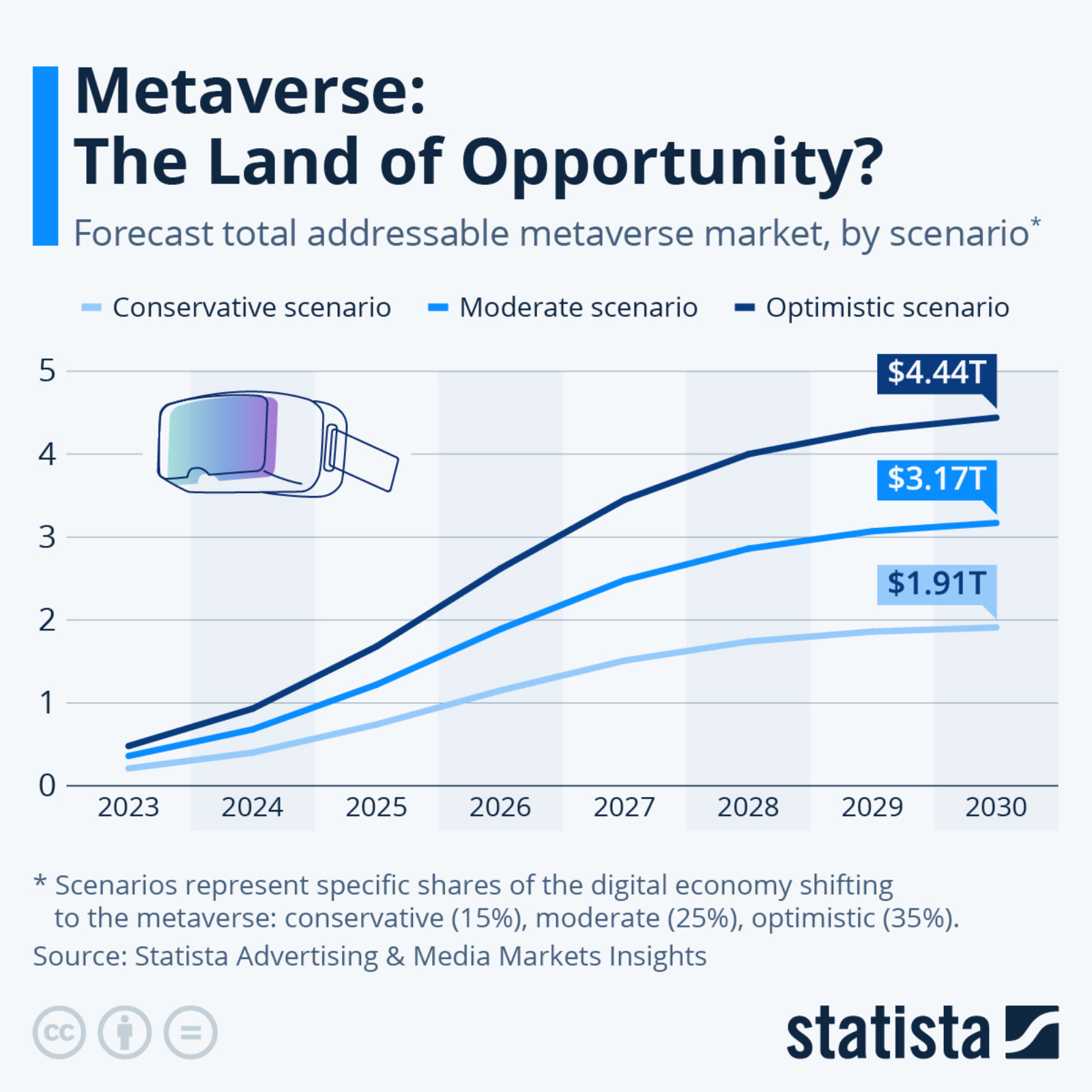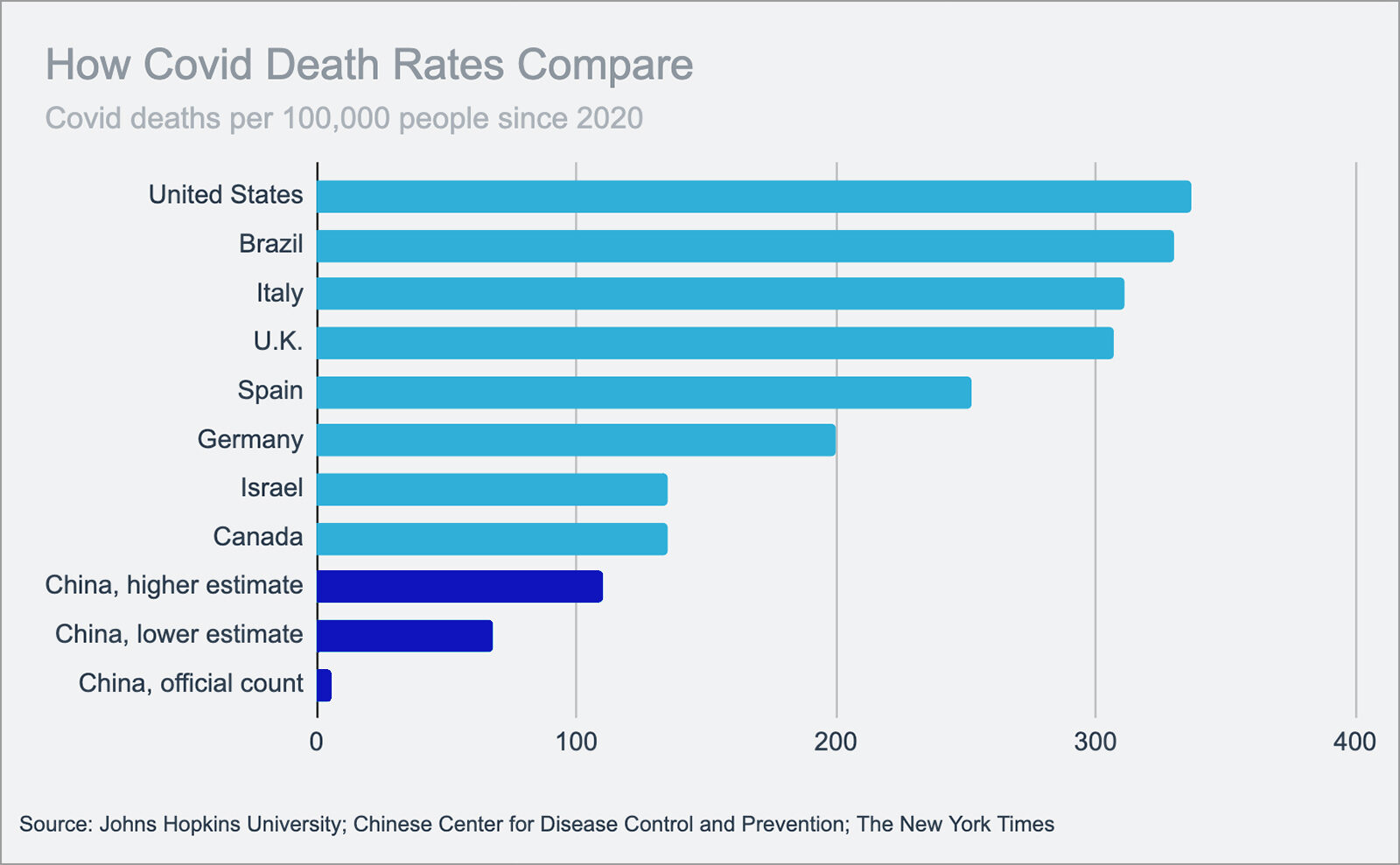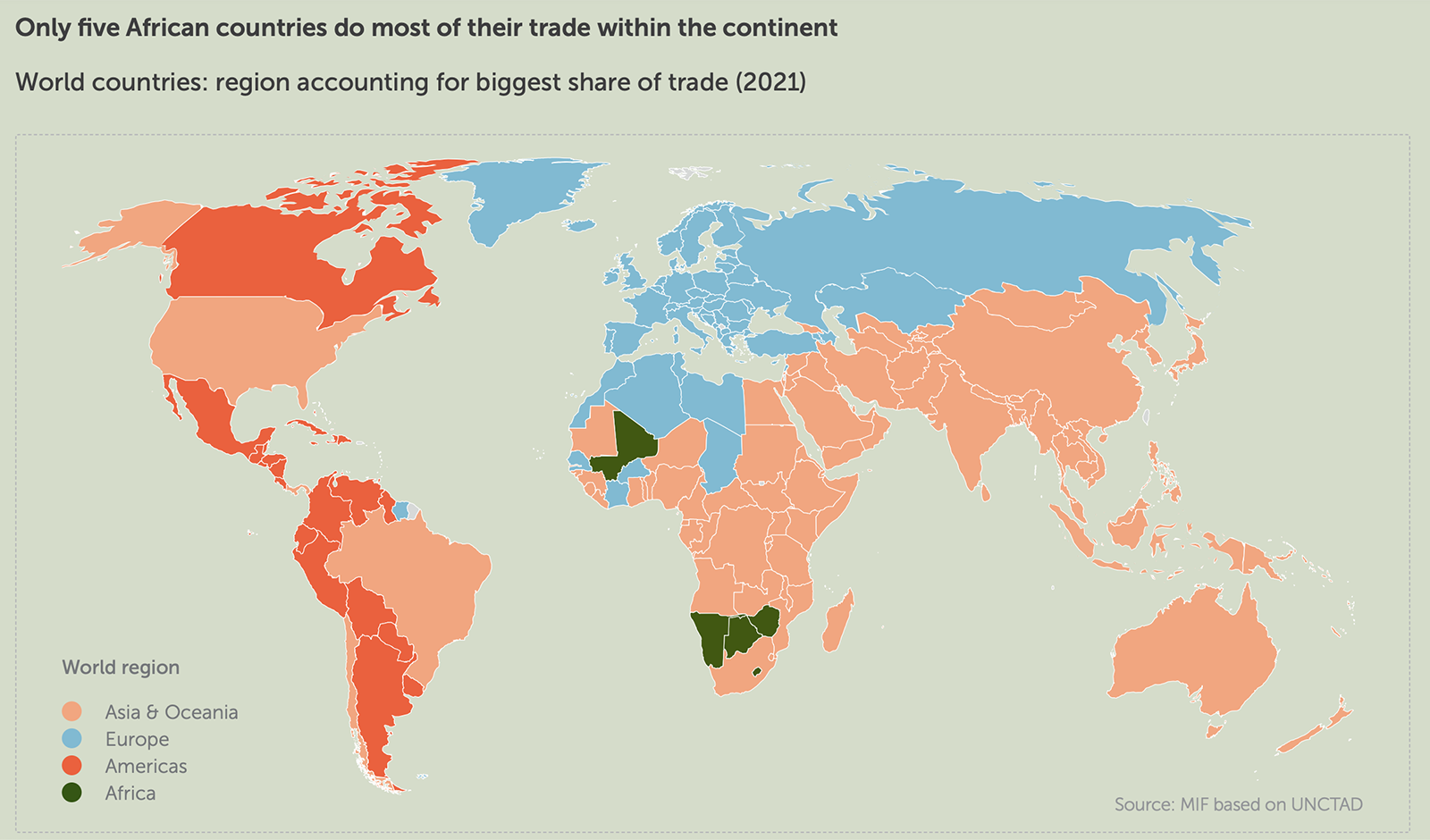What Drives Flood Risk Globally?
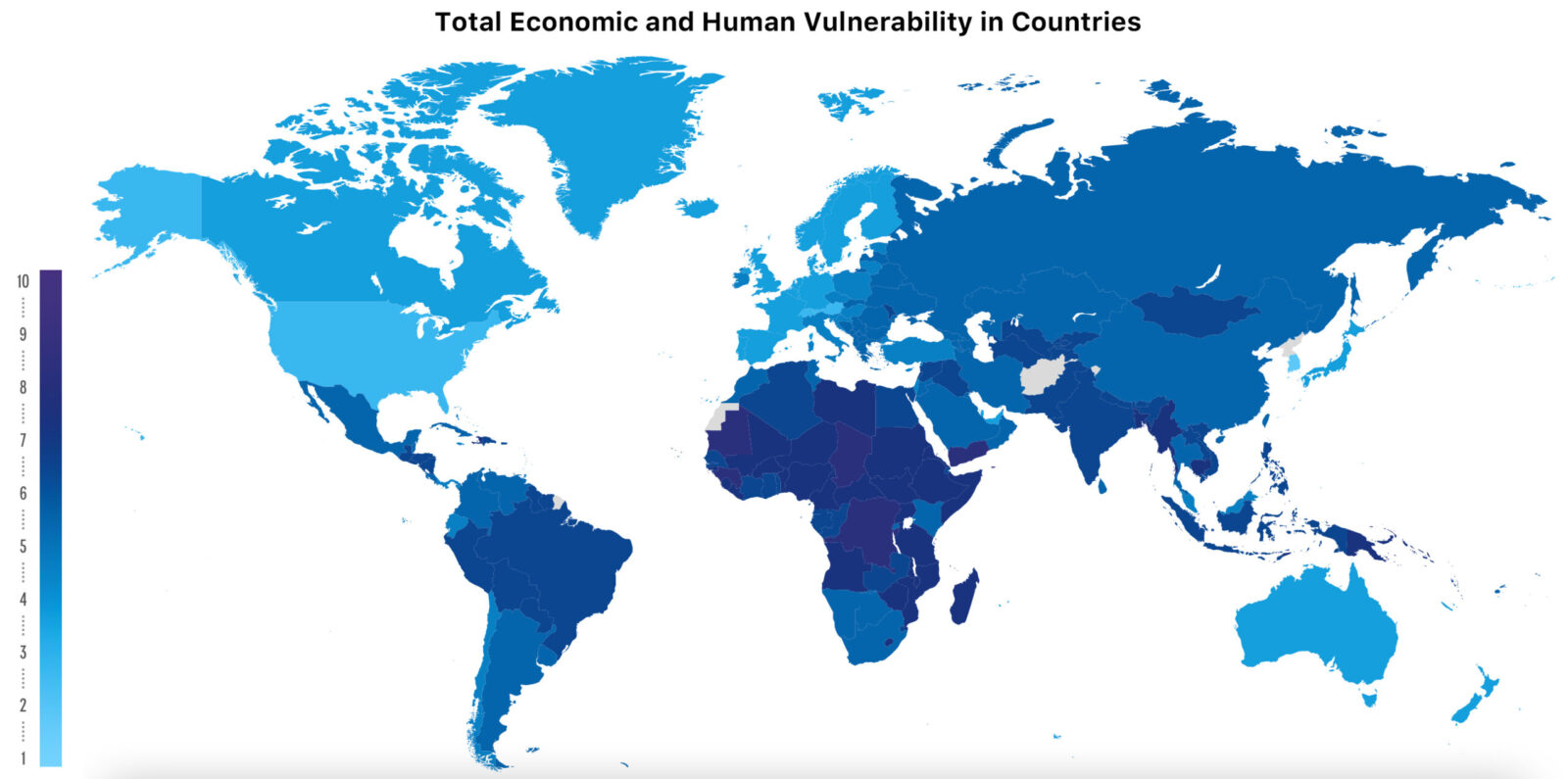
Source: Marsh McLennan Flood Risk Index on Vulnerability Scores
Flooding is the most pervasive natural disaster, but costs are frequently underestimated. Since 1980, flooding has caused over $1 trillion in damage. Flood risk is expected to increase with climate change and the growth of population and economic activity in flood-prone areas.
The Marsh McLennan Flood Risk Index scores countries from one to 10 (lowest-to-highest risk) on three factors: hazard (the potential threat), exposure (people and assets in harm’s way) and vulnerability (the susceptibility of affected people and assets to harm). The map above shows scores for vulnerability, highlighting the greatest vulnerability in developing countries compared to high-income countries. Of the 2.2 billion people exposed globally to flooding, 587 million of them live in poverty, and an estimated 89% of those at risk live in low- and middle-income countries.
Even in many developed countries, communities with high vulnerability to flooding exist. As climate change leads to more flooding, building resilience among vulnerable groups can help prevent widening inequality.


